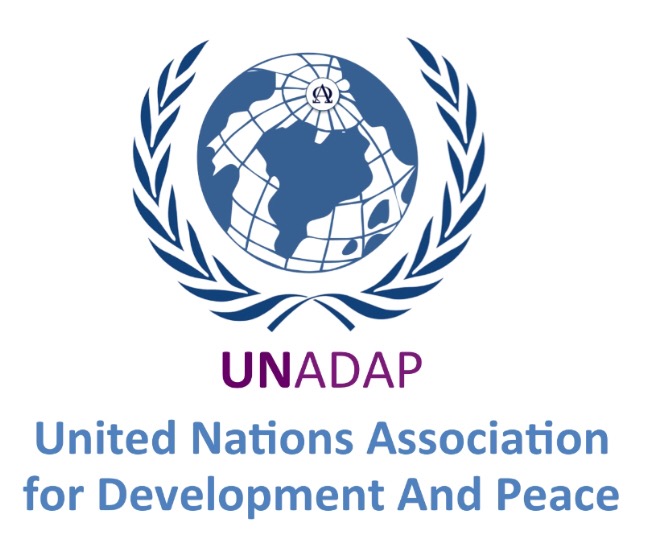India's stance on SDG 4: Quality Education
- UNADAP | United Nations
- Dec 1, 2022
- 3 min read

The Challenge
The world today has more knowledge than ever before, but not everyone can benefit from it. Globally, countries have made major strides in increasing access to education at all levels and increasing enrolment rates in schools, and basic literacy skills have improved tremendously. Among youth aged 15-24, the literacy rate improved globally between 1990 and 2015, increasing from 83% to 91%. Completion rates in primary school had also exceeded 90% by 2013. Despite these successes, several gaps remain. Few countries have achieved gender equality at all levels of education. In addition, 57 million children remain out of school and half of them live in Sub-Saharan Africa.
Why is this important?
A quality education is the foundation of sustainable development, and therefore of the Sustainable Development Goals. As a policy intervention, education is a force multiplier which enables self-reliance, boosts economic growth by enhancing skills, and improves people’s lives by opening up opportunities for better livelihoods.
The Sustainable Development targets for 2030 call for ensuring the completion of primary and secondary education by all boys and girls, and guaranteeing equal access to opportunities for access to quality technical and vocational education for everyone. Policy interventions will require improving access and improving quality, as well addressing relevant obstacles which include gender inequalities, food insecurity, and armed conflict.

India and Goal 4
In India, significant progress had been made in universalising primary education, with improvement in the enrolment and completion rates of girls in both primary and elementary school. As of 2013-14, the net enrolment ratio in primary education for boys and girls was 88%, while at the national level, the youth literacy rate was 94% for males and 92% for females. The new national Education Policy and Sustainable Development Goal 4 share the goals of universal quality education and lifelong learning. The flagship government scheme, Sarva Shiksha Abhiyan, is aimed at achieving universal quality education for all Indians, and is complemented in this effort by targeted schemes on nutritional support, higher education, and teacher training.
Targets
By 2030, ensure that all girls and boys complete free, equitable and quality primary and secondary education leading to relevant and Goal-4 effective learning outcomes.
By 2030, ensure that all girls and boys have access to quality early childhood development, care and pre-primary education so that they are ready for primary education.
By 2030, ensure equal access for all women and men to affordable and quality technical, vocational and tertiary education, including university.
By 2030, substantially increase the number of youth and adults who have relevant skills, including technical and vocational skills, for employment, decent jobs and entrepreneurship.
By 2030, eliminate gender disparities in education and ensure equal access to all levels of education and vocational training for the vulnerable, including persons with disabilities, indigenous peoples and children in vulnerable situations.
By 2030, ensure that all youth and a substantial proportion of adults, both men and women, achieve literacy and numeracy.
By 2030, ensure that all learners acquire the knowledge and skills needed to promote sustainable development, including, among others, through education for sustainable development and sustainable lifestyles, human rights, gender equality, promotion of a culture of peace and non-violence, global citizenship and appreciation of cultural diversity and of culture’s contribution to sustainable development.
Build and upgrade education facilities that are child, disability and gender sensitive and provide safe, nonviolent, inclusive and effective learning environments for all.
By 2020, substantially expand globally the number of scholarships available to developing countries, in particular least developed countries, small island developing states and African countries, for enrolment in higher education, including vocational training and information and communications technology, technical, engineering and scientific programmes, in developed countries and other developing countries.
By 2030, substantially increase the supply of qualified teachers, including through international co‑operation for teacher training in developing countries, especially least developed countries and small island developing states.
Copyright: UN India, SDG TAGS: Dominic Dixon, United Nations, Dominic F Dixon, Dr. Dominic Dixon, UN SDG






Comments